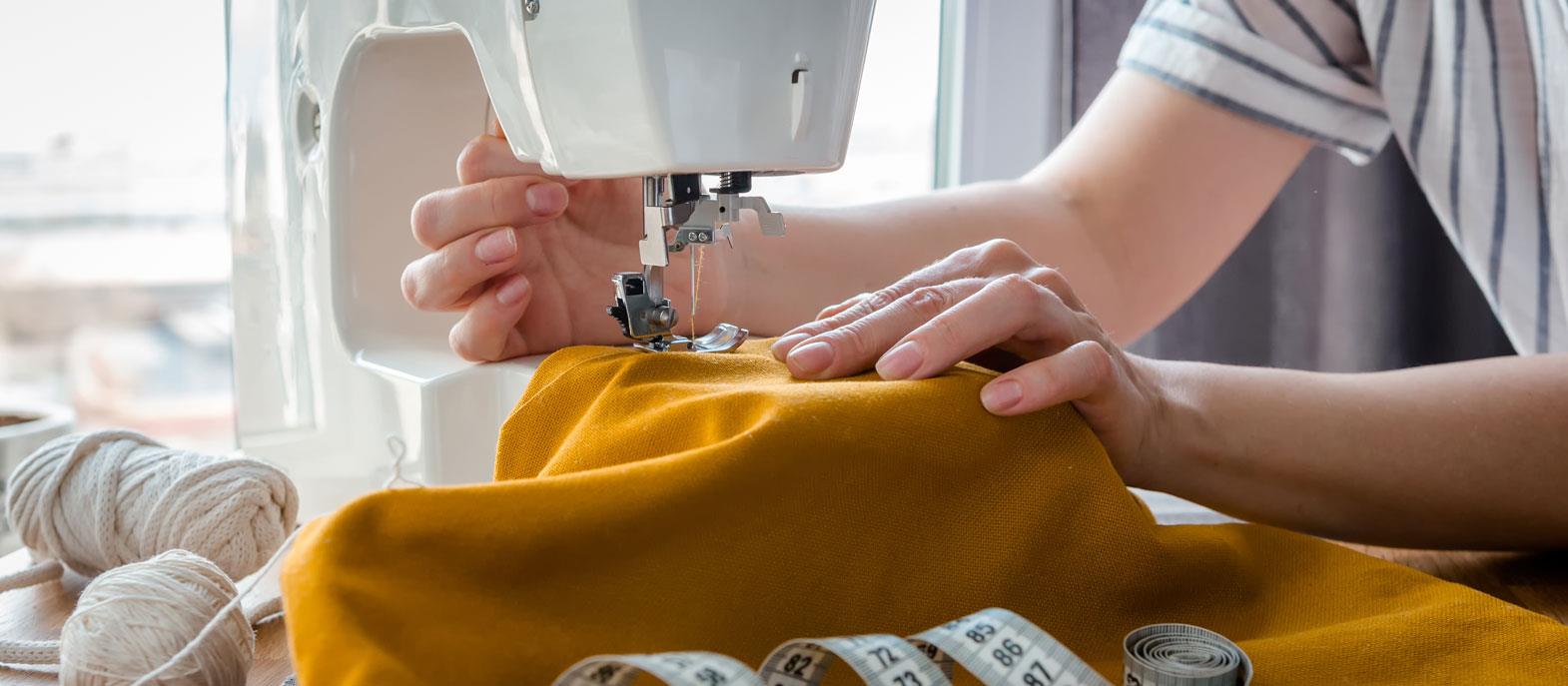Sewing thread may comprise less than one-thousandth of an apparel item’s weight, but it bears more than half the responsibility for its durability, comfort, and aesthetic quality. Beyond simply binding the fabric together, threads play a pivotal role in defining the longevity, finish, and functionality of garments. To fully appreciate the significance of sewing threads, it is essential to understand the various types, constructions, and selection factors involved.
Types of Sewing Threads
Threads can be categorised by fibre type, construction, and size. These fibres can be natural, synthetic, or a blend, and are crafted specifically to meet different garment needs.
Natural Fibre Threads
The most widely used natural fibre for threads is cotton. Known for its sewability, cotton threads resist kinking and skip stitching and perform exceptionally well on high-speed sewing machines. Unlike synthetic threads, cotton threads mould better to the fabric, making them ideal for topstitching where a smooth finish is desired.
However, cotton threads lack the strength and abrasion resistance of synthetic fibres. They are prone to shrinkage and mildew when wet, making them less ideal for high-stress seams. Cotton threads are typically available in three finishes:
Soft finish: Minimal processing, used in inexpensive garments, prone to high shrinkage and seam puckering.
Glace: Wax-treated for a glossy finish, enhancing strength and abrasion resistance, ideal for heavy materials like leather and vinyl.
Mercerised: Treated for strength and lustre, these are popular in garments that require post-sewing dyeing.
Other natural fibres like linen and silk are rarely used due to their higher cost, though silk threads can be highly beneficial for specialised luxury garments.
Synthetic Threads
Common synthetic threads like polyester and nylon are designed for synthetic fabrics, offering strength, abrasion resistance, and durability against mildew and UV exposure. Synthetic threads excel in durability and are used widely in garments that undergo harsh washing and drying conditions.
Combination Fibre Threads
One of the most popular thread types today is a blend of cotton and polyester. This blend combines the best of both fibres—cotton’s easy sewability with polyester’s strength and resilience—making it ideal for diverse applications.
Types of Thread Construction
Thread construction impacts the thread’s behaviour in sewing and how well it holds up under pressure. Key constructions include twisted, core-spun, monofilament, and textured threads.
Twisted Threads: Natural fibres are typically twisted to create strength and maintain thread control. A balanced twist is achieved by twisting two or more plies in opposite directions. Spun polyester thread is a popular option due to its ease of use and affordability.
Core-Spun Threads: Made by wrapping a continuous polyester filament with a cotton or polyester sheath, core-spun threads offer the best of both worlds in strength and sewability. They are often used in industrial applications where thread performance is critical.
Monofilament Threads: Comprising a single filament of nylon or polyester, monofilament threads are translucent and used primarily for blind hemming and serging in budget-conscious manufacturing. While they are durable, their wiry nature makes them uncomfortable against the skin.
Textured Threads: Created by crimping and untwisting multifilament fibres, textured threads have a soft finish, elasticity, and good coverage. They are widely used in the loopers of overedge and coverstitch machines and add stretch to lock-stitched seams.
Thread Size
Thread size is influenced by fabric weight, stitch type, machine speed, and seam strength requirements. Thicker fabrics and heavy-duty garments require larger threads, while delicate fabrics benefit from finer threads. The Tex system and cotton count system are commonly used to measure thread size.
Key Factors in Thread Selection
Choosing the right thread is crucial for garment performance, durability, and aesthetics. Factors to consider include:
1. Garment design and expected lifespan: The thread should be compatible with the garment’s design and intended wear and tear.
2. Strength and durability requirements: Threads must be strong enough to withstand the garment’s stress points.
3. Fabric weight and type: The thread should complement the fabric, providing a balanced finish without puckering or overstretching.
4. Stitch and seam type: Considerations like machine speed, needle size, and stitches per inch impact thread performance.
5. Cost: The price of threads can significantly impact manufacturing budgets, especially in mass production.
Conclusion
While often overlooked, sewing threads are indispensable to the quality, longevity, and aesthetics of apparel. By selecting the appropriate thread type and construction, manufacturers ensure that garments not only meet design expectations but also deliver long-lasting comfort and style. From the twist of the thread to its composition, every aspect of thread selection plays a vital role in crafting high-performance, visually appealing garments.









Comments